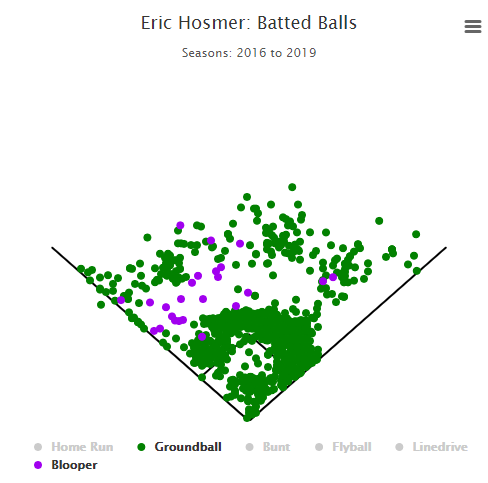With Firing of Mets’ Callaway, Managerial Merry-Go-Round Spins Again
While eight teams remain in the postseason, seven who missed out are busy searching for their next skipper. On Thursday, the Mets’ Mickey Callaway joined the ranks of the unemployed, getting the axe after just two seasons at the helm. He’s the fourth manager fired since late September with at least a year remaining on his contract, after the Padres’ Andy Green, the Pirates’ Clint Hurdle, and the Angels’ Brad Ausmus. Meanwhile, two former World Series winners, the Giants’ Bruce Bochy and the Royals’ Ned Yost, have retired, and a third ex-champion, Joe Maddon, parted ways with the Cubs after his contract expired. At this writing, the fate of the Phillies’ Gabe Kapler still hangs in the balance.
What follows here is a roundup of each vacancy, including a list of reported candidates that may not be comprehensive, since all of this is attempting to hit several moving targets. I’ve attempted to distinguish them from those whose candidacies are merely speculative. The teams are listed in order of 2019 records.
Mets (86-76)
What happened: Callaway was hired by general manager Sandy Alderson, who took a leave of absence in mid-2018 due to a recurrence of cancer and decided not to return to the job. Former agent Brodie Van Wagenen was hired last November, and he made a series of splashy moves, many of which ultimately set the Mets back (particularly the trade of two former first-round picks for Robinson Cano and Edwin Diaz). The holdover manager did not mesh with an increasingly analytically inclined front office — at one point, Callaway boasted, “I bet 85% of our decisions go against the analytics,” a statement that stood out given his often glaring in-game mistakes, many centered around a bullpen that ranked among the league’s worst. Read the rest of this entry »

